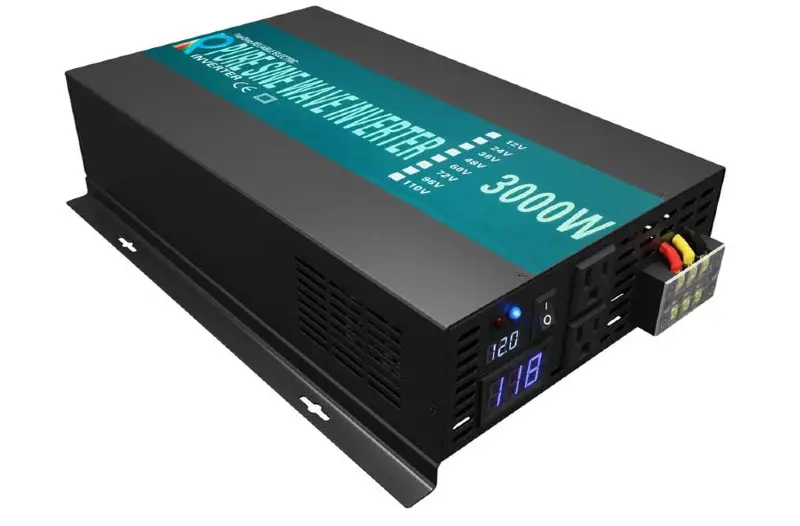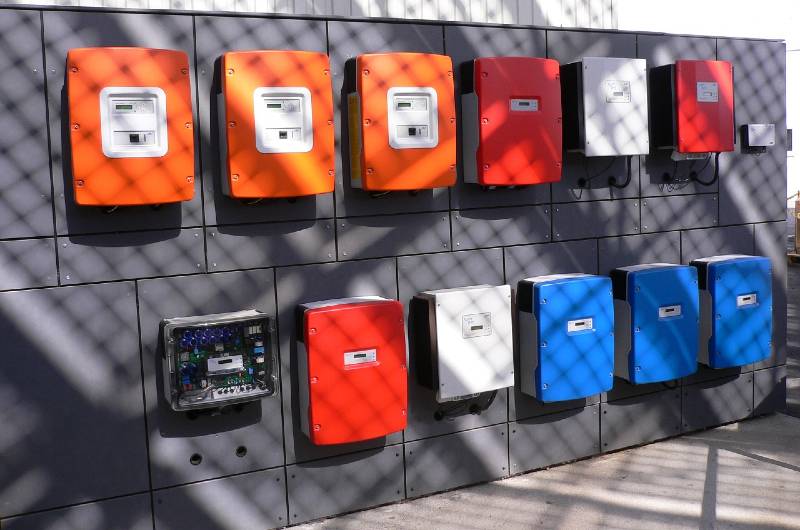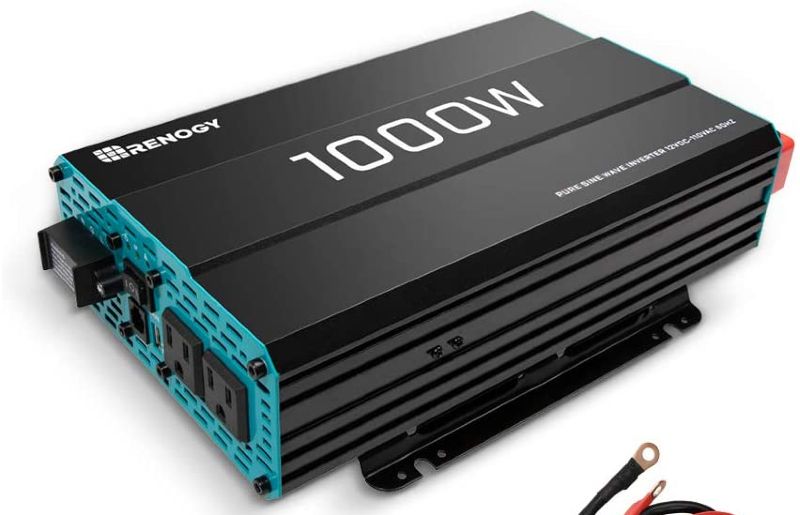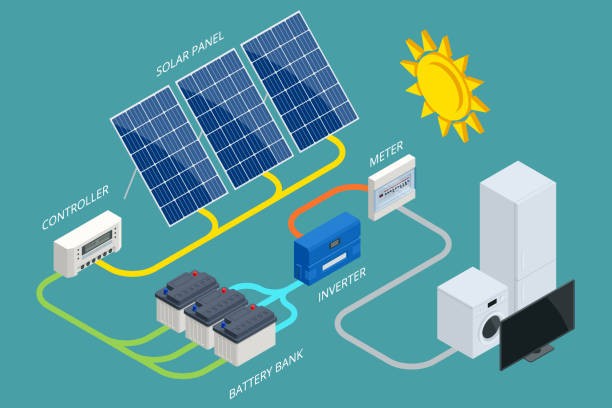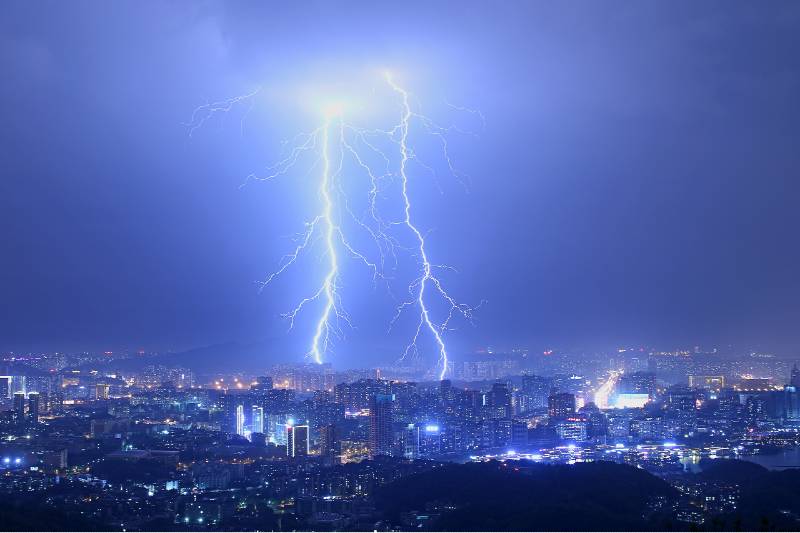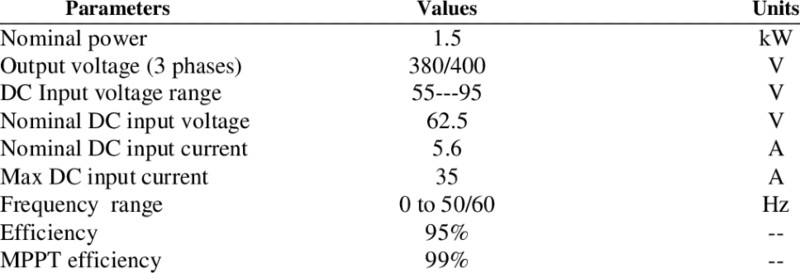When you’re relying on solar power for your home or business, there’s always a chance you’ll need to reset your inverter at some point.
Maybe there was a power outage, or perhaps the panels didn’t soak up enough sun.
Whatever the reason, don’t worry—resetting your inverter is simpler than it sounds.
In this guide, I’m going to walk you through each step to get your solar inverter back on track.
We’ll start by locating the inverter, show you how to safely turn it off, and then guide you through turning it back on to make sure everything’s running smoothly.
Ready? Let’s dive in and sort this out together!
Key Takeaways
- The reset process for a solar inverter starts with turning off the inverter itself and includes shutting off any AC and DC disconnects to safely isolate the system.
- Next, the AC disconnect is turned off to prevent accidental electricity flow back to the grid, and the DC disconnect is switched off to stop DC power from the panels.
- The main breaker in the service panel, which controls the electricity flow from the solar panels to the building’s electrical system, is then turned off.
- A critical step involves waiting for a minute after all components are turned off to ensure any residual currents dissipate safely.
- To reactivate the system, the service panel, DC disconnect, AC disconnect, and the solar inverter are turned back on in sequence.
What Are the Steps to Reset My Solar Inverter?
Step 1: Turn Off Your Solar Inverter
So, you’ve decided it’s time to reset your solar inverter. What’s the first step?
You need to find where this inverter is.
Most of the time, it’s in a small box that’s mounted somewhere outside your house or business, typically up near the roof right alongside your solar panels.
Once you’ve found it, turning it off is super easy—just like flicking off a light switch.
Flip the switch to the ‘Off’ position, and that’s it for the first part.
Now, don’t rush off right after flipping the switch.
It’s a good idea to hang around for a few minutes.
This little break lets any leftover electricity in the system clear out safely, which is a good practice to prevent any surprises when you turn everything back on.
Related article: Can A Solar Panel Work Without Inverter?
Step 2: Turn Off the AC Disconnect
The AC disconnect is a pretty important piece because it’s what connects your solar panel system to the bigger electricity grid.
Think of it as a safety gate—it keeps electricity from heading back into the grid accidentally, which could stir up some trouble.
You’ll usually find this AC disconnect box right near where your utility meter and inverter are set up.
Sometimes, it might even be part of your main electrical service panel.
Your task here is simple: just turn it off.
Flip that handle to the off position.
When you do, you might hear a sharp popping sound—no need to panic, that’s totally normal.
It’s just the sound of the disconnect doing its job.
Turning off the AC disconnect helps avoid any unexpected power spikes that could happen when you power everything back up.
Related article: Can You Connect A Solar Panel Directly To Inverter?
Step 3: Turn Off the DC Disconnect
Next up, let’s talk about the DC disconnect, or what some people call the solar disconnect.
You’ll find it nestled somewhere between your inverter and the solar panels themselves. It looks like a little gray box.
What does it do?
Well, it’s responsible for stopping the flow of DC power—that’s the type of power your solar panels create—before it gets to the inverter.
The reason you want to shut this off is to ensure that no power is moving while you’re working on the system.
So, how do you turn it off?
Just like the other switches you’ve dealt with so far, there’s a switch or a lever on the DC disconnect.
Flip it to the ‘Off’ position.
Related article: What Is Negative Grounding In Solar Inverter?
Step 4: Turn Off Your Service Panel
Now that you’ve taken care of the inverter and both the AC and DC disconnects, the next step is to head over to your service panel.
This might sound a bit technical, but it’s just about dealing with another switch.
Your service panel is where all the electrical circuits in your home or business converge, and it usually includes a specific breaker labeled for your photovoltaic (PV) system, often simply labeled as ‘Photovoltaic’ or ‘Solar’.
This breaker controls the flow of electricity from your solar panels to the rest of your electrical system.
To proceed, you’ll need to locate this solar system’s main breaker and turn it off.
This action cuts off the solar power to your system, ensuring that no electricity is being fed into your home’s electrical grid from your solar panels.
If your panel is newer or was upgraded when your solar system was installed, it might be ‘solar-ready’.
If this is the case with your panel, make sure this part is also switched off.
Turning off this main solar breaker ensures that no residual power is lurking in your system as you reset the inverter.
Once this is done, you’re almost through with the shutdown process and ready to move towards resetting your system safely.
Step 5: Wait for a Minute
Alright, you’ve flipped all the switches off—your solar inverter, the AC and DC disconnects, and your service panel are all shutdown.
Now, here’s an easy but super important step: just hang tight for a minute.
It might feel like you’re just standing around, but this little pause is key for keeping everything safe and sound.
Why the wait?
Well, imagine turning off a fan—it doesn’t stop spinning immediately.
Similarly, the currents from your solar panels don’t just vanish the second you turn things off.
They need a little time to wind down and safely disappear from the system’s wires and components.
If you jump the gun and reconnect to the grid too soon, these lingering currents could cause a power surge.
That’s bad news because it could damage your inverter or even knock it out of commission.
Once this minute is up, you’ll be all set to reconnect and get your system going again, knowing you’ve taken all the right steps to reset your solar inverter safely.
Related article: Why Do Solar Cells Need An Inverter?
Step 6: Turn on Your Service Panel
After you’ve taken a minute to let everything settle down, it’s time to get things back up and running.
Your next move is to head back to your service panel.
This is where you’ll bring your solar system back online.
Head over to where your electrical circuits converge—your service panel.
Remember that specific breaker you turned off earlier, the one labeled ‘Photovoltaic’ or ‘Solar’?
Simply flip the main breaker back to the ‘On’ position, and do the same for your solar system breaker.
This action re-engages the power flow from your solar panels and reintegrates your solar system with your home’s electrical grid.
The next step would be turning the solar disconnect box back on (the grey box with a red or black handle).
Related article: How To Protect Solar Inverter From Lightning?
Step 7: Turn on the Solar Disconnect Box (The DC Disconnect)
You remember this little gray box, right?
It’s the one we turned off earlier, nestled between your solar panels and the inverter.
Turning this back on reconnects the DC power—that’s the direct current from your solar panels—to the inverter.
To turn it back on, simply flip the switch or lever back to the ‘On’ position, the same way you turned it off.
Step 8: Turn on the AC Disconnect
After you’ve reactivated the DC disconnect, the next thing you’ll want to turn back on is the AC Disconnect.
To turn it back on, simply flip the handle or switch to the ‘On’ position, just like you turned it off.
Remember, it’s normal to hear a loud click or popping sound when you do this—it’s just the sound of the system reconnecting to the grid.
Related article: How To Read Inverter Specification?
Step 9: Turn On The Inverter
Now, for the final step—turning your solar inverter back on.
Head back to where the inverter is located.
This is the device that converts the DC power from your solar panels into AC power that your home can use.
Find the switch that you previously turned off and flip it to the ‘On’ position.
After doing this, it should start converting solar energy into usable electricity again, just like it did before.
FAQs
How Do I Reset a Solar Power System?
To reset a solar power system, turn off the solar inverter, AC and DC disconnects, service panel, and any specific solar breakers, then wait a minute before turning everything back on in reverse order.
How Do I Reset My Solar Micro Inverter?
To reset your micro inverter, turn off the AC breaker and DC disconnect (if applicable), wait a few minutes, then turn the system back on and check its status.
Conclusion
As promised, we’ve walked you through the whole process of resetting your solar power inverter, step by step.
It wasn’t too bad, right?
And here’s a tip to keep in mind: regular monitoring of your inverter’s performance can prevent many common issues.
Checking the display for error codes or unusual readings can save you a lot of hassle down the line.
If you’re still curious about how solar inverters work or have any specific questions, why not drop a comment below?
We’d love to hear from you and help out.

